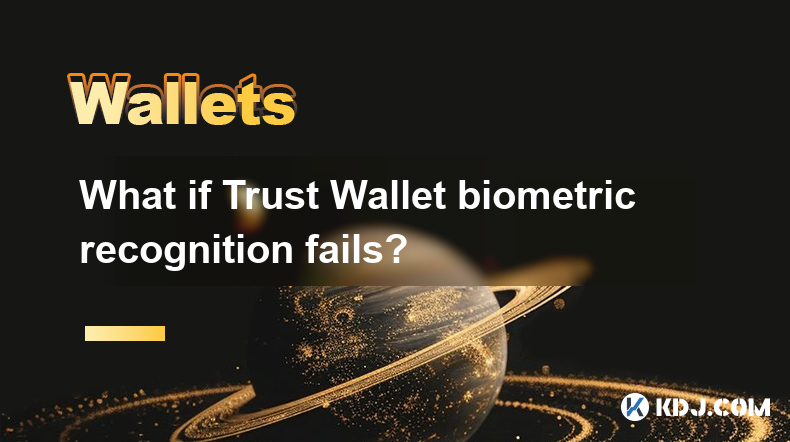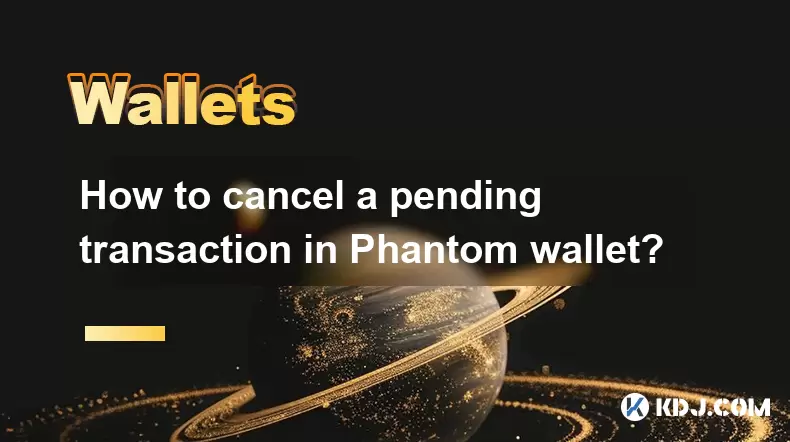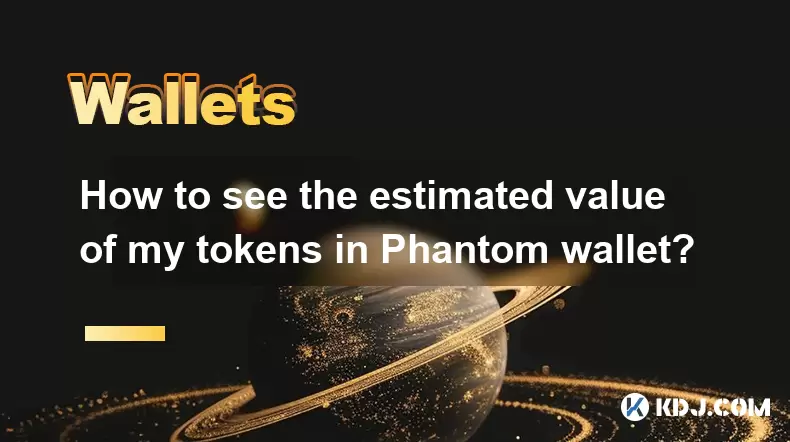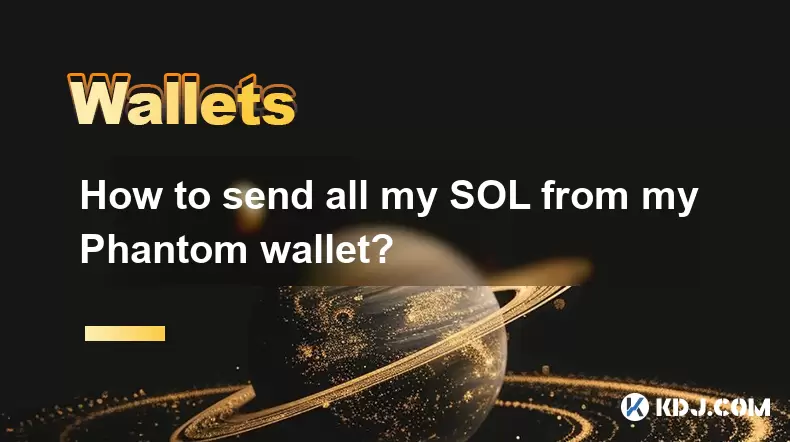-
 Bitcoin
Bitcoin $108,708.8110
0.60% -
 Ethereum
Ethereum $2,561.6057
1.91% -
 Tether USDt
Tether USDt $1.0001
-0.03% -
 XRP
XRP $2.2795
0.57% -
 BNB
BNB $662.2393
1.00% -
 Solana
Solana $153.1346
3.74% -
 USDC
USDC $1.0000
0.00% -
 TRON
TRON $0.2877
0.97% -
 Dogecoin
Dogecoin $0.1710
3.93% -
 Cardano
Cardano $0.5871
1.61% -
 Hyperliquid
Hyperliquid $39.6663
1.68% -
 Sui
Sui $2.9032
0.79% -
 Bitcoin Cash
Bitcoin Cash $496.1879
1.71% -
 Chainlink
Chainlink $13.5807
3.01% -
 UNUS SED LEO
UNUS SED LEO $9.0777
0.61% -
 Stellar
Stellar $0.2514
4.51% -
 Avalanche
Avalanche $18.1761
1.86% -
 Shiba Inu
Shiba Inu $0.0...01173
1.72% -
 Toncoin
Toncoin $2.8010
-4.23% -
 Hedera
Hedera $0.1594
3.21% -
 Litecoin
Litecoin $87.0257
-0.53% -
 Monero
Monero $319.1217
1.79% -
 Polkadot
Polkadot $3.3853
0.68% -
 Dai
Dai $0.9999
-0.01% -
 Ethena USDe
Ethena USDe $1.0003
0.02% -
 Bitget Token
Bitget Token $4.3420
-0.97% -
 Uniswap
Uniswap $7.3772
1.39% -
 Aave
Aave $286.6277
5.61% -
 Pepe
Pepe $0.0...09994
2.33% -
 Pi
Pi $0.4589
1.76%
What if Trust Wallet biometric recognition fails?
If Trust Wallet's biometric recognition fails, clean the sensor, update the app, or use your password/PIN or recovery phrase to access your wallet securely.
Apr 17, 2025 at 05:28 am

What if Trust Wallet Biometric Recognition Fails?
Trust Wallet, a popular mobile cryptocurrency wallet, offers biometric recognition as a convenient and secure way to access your digital assets. However, there may be instances where the biometric recognition fails, leaving users concerned about their access to funds. This article will explore the reasons behind such failures, the steps to troubleshoot them, and alternative methods to access your wallet.
h3 Understanding Biometric Recognition Failures
Biometric recognition in Trust Wallet primarily involves fingerprint or facial recognition, depending on the device's capabilities. Failures can occur due to several reasons, including hardware issues, software glitches, or user-related factors. Hardware issues might stem from a dirty or damaged sensor, while software glitches could be due to outdated app versions or operating system incompatibilities. User-related factors include changes in physical appearance or improper use of the biometric feature.
h3 Troubleshooting Biometric Recognition Failures
If you encounter a biometric recognition failure, there are several steps you can take to resolve the issue:
- Clean the Sensor: If you're using fingerprint recognition, ensure the sensor is clean. Use a soft cloth to gently wipe the sensor and your finger before trying again.
- Update the App: Ensure that Trust Wallet is updated to the latest version. Go to your app store, search for Trust Wallet, and install any available updates.
- Restart Your Device: Sometimes, a simple restart can resolve temporary software glitches. Turn off your device, wait a few seconds, and turn it back on.
- Check Device Settings: Ensure that biometric recognition is enabled in your device settings. For iOS, go to Settings > Touch ID & Passcode or Face ID & Passcode. For Android, navigate to Settings > Security > Fingerprint or Face Unlock.
- Re-register Biometrics: If the issue persists, consider re-registering your biometric data. On iOS, go to Settings > Touch ID & Passcode or Face ID & Passcode and remove and re-add your fingerprints or face. On Android, go to Settings > Security > Fingerprint or Face Unlock and do the same.
h3 Alternative Access Methods
If biometric recognition continues to fail, Trust Wallet provides alternative methods to access your wallet:
- Password or PIN: If you have set up a password or PIN as a backup, you can use this to log in. Simply enter your password or PIN when prompted.
- Recovery Phrase: If you have saved your 12-word recovery phrase, you can use it to restore your wallet on another device or reinstall the app. To do this:
- Uninstall Trust Wallet from your device.
- Reinstall Trust Wallet from the app store.
- When prompted, select I already have a wallet.
- Enter your 12-word recovery phrase in the correct order.
h3 Security Considerations
When dealing with biometric recognition failures, it's crucial to maintain the security of your wallet:
- Never Share Your Recovery Phrase: Your recovery phrase is the key to your wallet. Never share it with anyone or enter it on any website or app other than Trust Wallet.
- Use Strong Passwords: If you're using a password or PIN as an alternative, ensure it's strong and unique.
- Enable Two-Factor Authentication (2FA): If available, enable 2FA for an additional layer of security.
h3 Preventing Future Failures
To minimize the chances of biometric recognition failures in the future, consider the following:
- Regularly Update Your Device and Apps: Keep your device's operating system and Trust Wallet app updated to the latest versions.
- Maintain Clean Sensors: Regularly clean your device's biometric sensors to ensure optimal performance.
- Use Biometrics Correctly: Follow the device manufacturer's guidelines for using biometric features, such as ensuring proper lighting for facial recognition or using the correct finger for fingerprint recognition.
Frequently Asked Questions
Q: Can I use biometric recognition on multiple devices with the same Trust Wallet account?
A: No, Trust Wallet does not support using biometric recognition across multiple devices with the same account. You will need to set up biometric recognition separately on each device.
Q: What should I do if I forget my password or PIN after biometric recognition fails?
A: If you forget your password or PIN, you can use your 12-word recovery phrase to restore your wallet. Ensure you have your recovery phrase securely stored in a safe place.
Q: Is it safe to use biometric recognition for accessing my cryptocurrency wallet?
A: Biometric recognition can be a secure method for accessing your wallet, but it's essential to use it in conjunction with other security measures, such as strong passwords and 2FA, to enhance overall security.
Q: Can I disable biometric recognition in Trust Wallet if I prefer not to use it?
A: Yes, you can disable biometric recognition in Trust Wallet. Go to the app's settings, find the biometric recognition option, and toggle it off. You will then need to use your password or PIN to access your wallet.
Disclaimer:info@kdj.com
The information provided is not trading advice. kdj.com does not assume any responsibility for any investments made based on the information provided in this article. Cryptocurrencies are highly volatile and it is highly recommended that you invest with caution after thorough research!
If you believe that the content used on this website infringes your copyright, please contact us immediately (info@kdj.com) and we will delete it promptly.
- E-Load Super Blast: Sri Lanka's Prize Bonanza!
- 2025-07-08 02:30:13
- Crypto VC, DeFi Liquidity, and Kuru Labs: What's the Buzz?
- 2025-07-08 02:50:12
- Bitcoin Value, Strategy, and Tax Hit: Decoding MicroStrategy's Q2 2025 Triumph
- 2025-07-08 02:30:13
- Ozak AI Presale: The AI Token Race to $1 and Beyond
- 2025-07-08 00:30:13
- Solana, Memecoins, and BONKbot: Riding the Wave of Telegram Trading
- 2025-07-08 01:10:13
- Bitcoin Miners, AI Wars, and the US Learning Curve: A New York State of Mind
- 2025-07-08 00:30:13
Related knowledge

How to cancel a pending transaction in Phantom wallet?
Jul 03,2025 at 07:21pm
Understanding Pending Transactions in Phantom WalletA pending transaction in the Phantom wallet occurs when a user initiates a transfer or interaction with the Solana blockchain, but it hasn't yet been confirmed by the network. This can happen due to various reasons such as low transaction fees, network congestion, or incorrect gas settings. It's import...

How to see the estimated value of my tokens in Phantom wallet?
Jul 04,2025 at 12:21am
What is Phantom Wallet?Phantom wallet is one of the most popular cryptocurrency wallets designed for the Solana blockchain. It allows users to store, send, receive, and manage various tokens built on Solana, including SPL tokens and NFTs. The wallet offers a user-friendly interface, making it accessible for both beginners and advanced users in the crypt...

How to lock my Phantom wallet extension?
Jul 03,2025 at 11:14am
What Is the Phantom Wallet and Why Lock It?The Phantom wallet is a popular non-custodial cryptocurrency wallet designed for interacting with the Solana blockchain. Supporting both browser extensions and mobile apps, Phantom allows users to store, send, receive, and stake SOL tokens, as well as interact with decentralized applications (dApps). Securing y...

Does Phantom wallet offer two-factor authentication (2FA)?
Jul 03,2025 at 09:00am
Understanding Phantom Wallet and Its Security FeaturesPhantom wallet is a widely used non-custodial cryptocurrency wallet that supports the Solana blockchain. It allows users to store, send, receive, and interact with decentralized applications (dApps) seamlessly. As security is a top priority for any crypto wallet user, security features like two-facto...

How to send all my SOL from my Phantom wallet?
Jul 06,2025 at 10:00am
Preparing to Send SOL from Your Phantom WalletBefore initiating any transaction, it is crucial to ensure that your Phantom wallet is fully set up and connected to the correct network. Phantom supports multiple networks, but for sending SOL, you must be on the Solana blockchain. Confirm this by checking the network indicator in the top-right corner of th...

What is "rent" on Solana and how does it affect my Phantom wallet?
Jul 02,2025 at 08:35pm
Understanding 'Rent' on SolanaIn the context of Solana, the term 'rent' refers to a storage fee that users pay for maintaining data on the blockchain. Unlike Ethereum, where storage costs are paid once via gas fees during contract deployment, Solana implements a recurring cost model to ensure efficient usage of network resources. This means that any acc...

How to cancel a pending transaction in Phantom wallet?
Jul 03,2025 at 07:21pm
Understanding Pending Transactions in Phantom WalletA pending transaction in the Phantom wallet occurs when a user initiates a transfer or interaction with the Solana blockchain, but it hasn't yet been confirmed by the network. This can happen due to various reasons such as low transaction fees, network congestion, or incorrect gas settings. It's import...

How to see the estimated value of my tokens in Phantom wallet?
Jul 04,2025 at 12:21am
What is Phantom Wallet?Phantom wallet is one of the most popular cryptocurrency wallets designed for the Solana blockchain. It allows users to store, send, receive, and manage various tokens built on Solana, including SPL tokens and NFTs. The wallet offers a user-friendly interface, making it accessible for both beginners and advanced users in the crypt...

How to lock my Phantom wallet extension?
Jul 03,2025 at 11:14am
What Is the Phantom Wallet and Why Lock It?The Phantom wallet is a popular non-custodial cryptocurrency wallet designed for interacting with the Solana blockchain. Supporting both browser extensions and mobile apps, Phantom allows users to store, send, receive, and stake SOL tokens, as well as interact with decentralized applications (dApps). Securing y...

Does Phantom wallet offer two-factor authentication (2FA)?
Jul 03,2025 at 09:00am
Understanding Phantom Wallet and Its Security FeaturesPhantom wallet is a widely used non-custodial cryptocurrency wallet that supports the Solana blockchain. It allows users to store, send, receive, and interact with decentralized applications (dApps) seamlessly. As security is a top priority for any crypto wallet user, security features like two-facto...

How to send all my SOL from my Phantom wallet?
Jul 06,2025 at 10:00am
Preparing to Send SOL from Your Phantom WalletBefore initiating any transaction, it is crucial to ensure that your Phantom wallet is fully set up and connected to the correct network. Phantom supports multiple networks, but for sending SOL, you must be on the Solana blockchain. Confirm this by checking the network indicator in the top-right corner of th...

What is "rent" on Solana and how does it affect my Phantom wallet?
Jul 02,2025 at 08:35pm
Understanding 'Rent' on SolanaIn the context of Solana, the term 'rent' refers to a storage fee that users pay for maintaining data on the blockchain. Unlike Ethereum, where storage costs are paid once via gas fees during contract deployment, Solana implements a recurring cost model to ensure efficient usage of network resources. This means that any acc...
See all articles

























































































